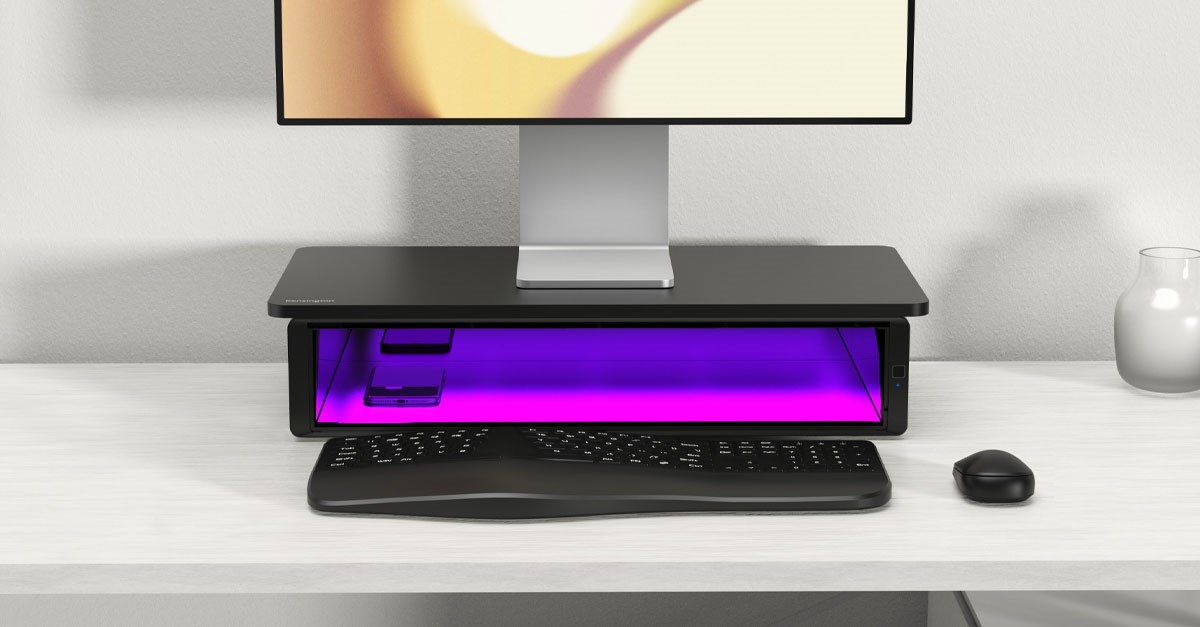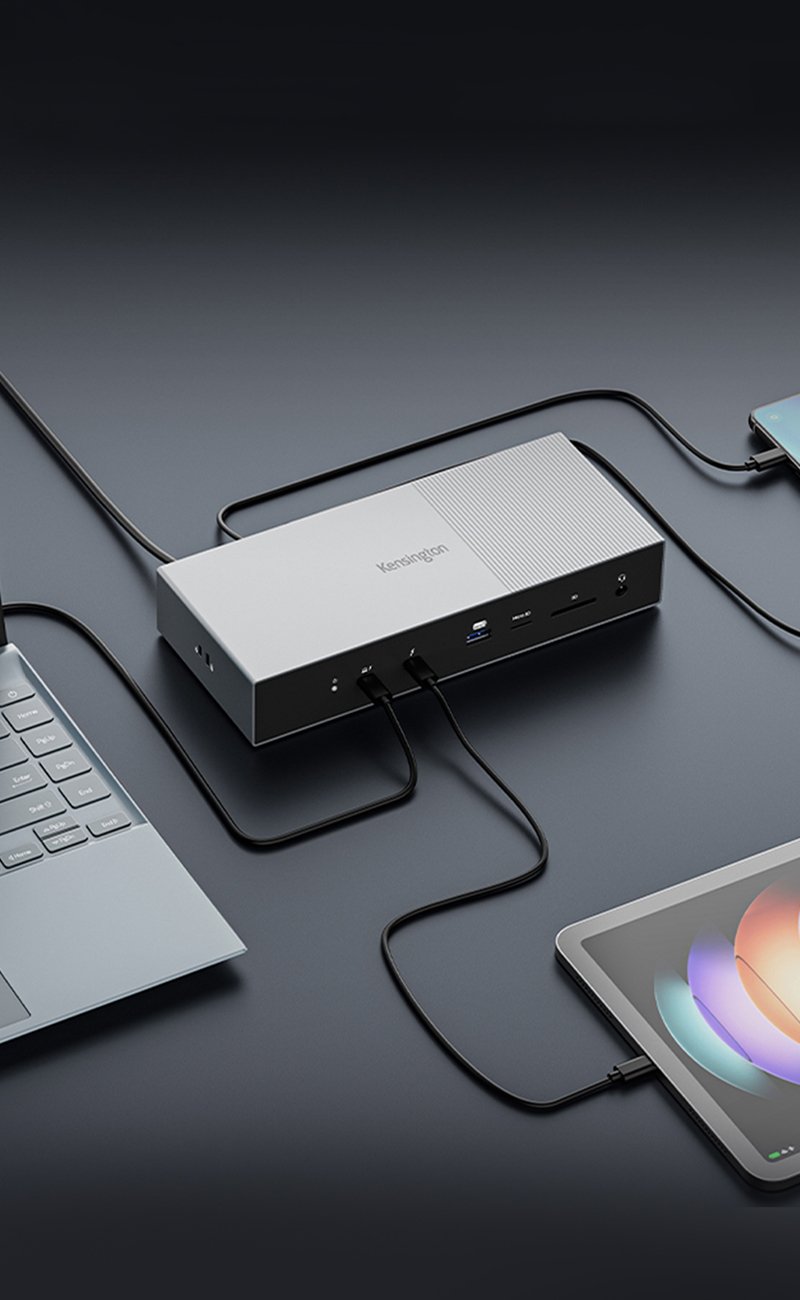
In 1877, two scientists discovered that sunlight could prevent microbial growth. Niels Finsen went on to demonstrate that UV light at certain intensities could also disrupt and inactivate microbes and pathogens, earning him a Nobel Prize. Since the initial discovery, the technology required to apply these methods progressed slowly.
Only in the 1980s, with increased risks from diseases like tuberculosis, influenza, and acute respiratory syndromes, did UV light receive new attention from scientists. By 2009, trials started to indicate the efficacy and safe use of ultraviolet germicidal irradiation (UVGI) for treating and preventing the spread of disease.
Talks about the use of UVC lights are all over the news nowadays. What are UVC lights and are they effective? Let’s take a closer look at how these lights can help prevent the spread of some bacteria and viruses.
Frequently Asked Questions About UVC Light Answered
Light is both a wave and a particle. It falls within the larger electromagnetic spectrum that includes radio waves, microwaves, infrared light, visible light, x-rays, gamma rays, and ultraviolet (UV) light. We can measure light based on the wavelengths (also called frequency) and identify different types of light – visible and invisible – within a spectrum.
UV light is a natural phenomenon but there are different types (or wavelengths) in the UV spectrum. Of all the natural light that reaches the earth, only 3-4% is UVC. The technologies based on UV lights range from printing and curing methods to germicidal irradiation that eliminates the majority of germs.
If this is the first time you’re looking into this relatively new technology, here are five of the basics you should know.
1. What is UV Light?
UV light is the region of the electromagnetic spectrum, which falls between visible light (the kind we can see with the human eye) and X-rays. All UV light falls within the 200 to 380 nanometer range of radiation.
Within the entire UV spectrum, there are three different levels of intensity. The three types of UV we use today are:
- UVA – Operates at the longest wavelengths in the invisible spectrum between 320 and 400 nanometers (nm) and used in printing technologies
- UVB – Responsible for causing sunburns after long exposure and radiates at wavelengths of 290 to 320 nm
- UVC – The most harmful UV radiation capable of disrupting genetic material with short wavelengths ranging between 100 and 290 nm
For each type of UV, the biological effects vary. Now we have different technologies that operate at specific wavelengths depending on the required application.
2. What is UVC Light Used For?
UVC has found uses in a range of technologies as it can kill bacteria and viruses in the air or water and on nonporous surfaces. Some of the applications where UVC shines include:
- Air scrubbing in heating, ventilation, and air conditioning (HVAC) systems
- Removing microbes like Legionella in water systems (mainly in hospitals and commercial buildings)
- Sanitizing mobile phones and other personal devices that are hotbeds for bacteria and viruses
The latest sanitization robots also use UVC. For example, the Xenex LightStrike robot roams the halls of hospitals, hotels, and other buildings, sanitizing rooms and making them safe from the SARS-CoV-2 virus.
3. Is It UV or UVC Light?
People have started using UV and UVC interchangeably when talking about UVGI. UV light doesn’t kill bacteria but the wavelengths of UVC light is the most intense and does kill common viruses and bacteria. Increased energy intensity from UVC allows it to kill certain pathogens and inactive microbes – but that also makes it dangerous to all biological lifeforms. Luckily, only a tiny fraction of UVC coming from the sun makes it through our atmosphere.
4. How Does UV Light Kill Bacteria?
When UVC light does reach a genetic structure, it ruptures the cell walls of the organism and disrupts the DNA and RNA sequences of the material. If we direct UVC light at a specific genetic material, it will “kill” the bacteria or virus. Remember that the intensity of the wavelengths within the 100-290 nm range will have different effects on genomes. Some organisms may survive UVGI if the light’s intensity doesn’t disrupt that specific genome’s structure.
5. What Should You Look For to Know a UVC Product is Safe to Use?
UVGI solutions usually operate in contained environments. If you’re looking for a UVC sanitizing solution you can use by yourself every day, you’ll need to ensure it comes with a fully enclosed design that minimizes the risk of exposure to you while in operation.
UVStand™ Monitor Stand with UVC Sanitization Compartment as Your UV Sanitizer
Kensington is happy to introduce our new UVStand Monitor Stand that can help you sanitize and clean many your personal devices properly. The monitor stand has a completely enclosed compartment and uses UVC LEDs to help irradiate common viruses and bacteria, destroying their cell membranes and preventing them from replicating.
Anyone who works in an office or shares a workstation can benefit from regular sanitization using the UVStand Monitor Stand. Here are some of the key benefits you can get from our UVStand.
Comes with a Spacious Design to Accommodate All Devices
With the UVStand, you can sanitize your keyboard, mouse, trackball, tablet, mobile phone, even your wallet or keys. The compartment is 20” x 11” x 3.5”, giving you more than enough space to fit a full-size keyboard.
Helps Organize Your Desk with Additional Storage Capacity
The UVStand doubles as a storage solution, helping you keep your desk organized and clutter-free.
Serves as a Monitor Stand to Improve Ergonomics
Designed as a monitor stand, you can improve your desk’s ergonomics by elevating either one 34” monitor or supporting two 24” screens. The UVStand can handle monitors up to 40 pounds.
Certified Safe and Easy to Use at Your Desk
We built the UVStand according to the highest safety standards (IEC/EN 62741 and ANSI IESNA RP 27). It’s easy to operate and can sanitize all exposed surfaces on your devices in as little as 10 minutes. Kensington also won an innovation award for our UVStand from the Consumer Technology Association (CTA) at last year’s Consumer Electronics Show (CES).
Embrace a New Sanitization Regime with Kensington’s UVStand
The COVID-19 crises highlighted just how vulnerable we are to bacteria and viruses. With our new UVStand, you can ensure all your devices receive the necessary sanitization regularly, helping keep you safe regardless of where you work. With a smart and efficient design, you can reorganize your desk and ensure effective sanitization is always within reach.
View the UVStand™ Monitor Stand with UVC Sanitization Compartment
